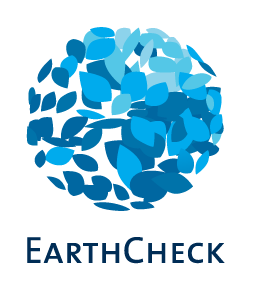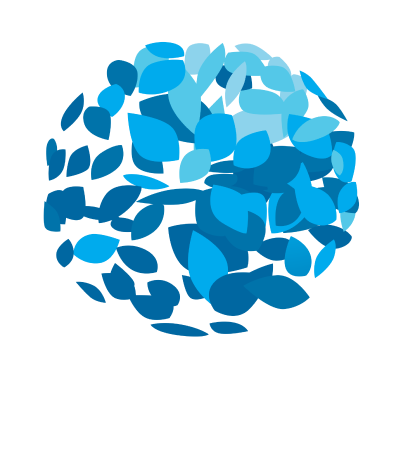The world is rushing to adopt regenerative tourism with a vigour unseen since the early days of the sustainability movement, with think tanks, courses, roundtables, regional tourism strategies and more dedicated to understanding and implementing this new concept.
As the world’s leading certification, consulting and advisory group for sustainable destinations and tourism organisations, EarthCheck wanted to provide our members and the larger tourism community with a summary of this important global conversation, and help to clarify what we’re actually talking about when we talk about regenerative tourism.
Written by Professor Emeritus David G Simmons, the Chair of the EarthCheck Research Institute, our Regenerative Travel Discussion Paper is available to download now.
Regenerative tourism defined
As a trusted advisor and partner to the global tourism industry, EarthCheck has facilitated and conducted workshops with the Griffith Institute for Tourism to flesh out the concept of regenerative tourism and provide the best advice and support to our partners.
While acknowledging that the concept has its origins in multiple sources – including Indigenous knowledge and science; a frustration with sustainability as a buzzword; and parallel discussions of regenerative economies in sectors such as agriculture, forestry, transportation and fashion – we set out to provide a definitive definition in our Regenerative Travel Discussion Paper.
Based on our research and discussions, we propose that regenerative tourism is a process where tourism sector stakeholders, collectively, exert care and guardianship (through decision-making and practices) for the improvement and enhancement of natural, human and human-made elements when moving to, visiting, living or operating in a destination. In so doing, these stakeholders allow these elements to exceed their current survivability conditions.
A step beyond sustainability
Throughout our Regenerative Travel Discussion Paper, Professor Simmons makes the case that regenerative tourism should be seen as a step beyond sustainable tourism – but the basics of sustainability still need to be in place in order to create meaningful regenerative outcomes.
Both regenerative tourism and sustainable tourism are borne from a common concern about the earth’s carrying capacity and tourism’s role in human wellbeing, satisfaction and development.
But while sustainability pivots on the notion of a sustainable harvest from human, social and nature’s capitals, Professor Simmons writes that regenerative endeavours speak to the need to give back to these capitals, to create a net gain.
Regenerative tourism is both a mindset change and a paradigm shift. It represents a further evolution of professional business practices, in a similar fashion as Occupational Health and Safety has moved over the years from a consideration to a cornerstone of business practice.
Our Regenerative Travel Discussion Paper sets out EarthCheck’s initial consideration of regenerative tourism. It maps out the existing platform of sustainability indicators we’ve had in place across the past three decades, and explains how these indicators connect to meaningful regenerative travel principles and outcomes, while asking questions like:
- Is our approach broad enough to meet current societal expectations? Are additional indicators required?
- In what ways might measures of ‘value’ and engagement with local people need to change?
- Does regeneration call for a new business and consumer philosophy?
You can download the EarthCheck Research Institute’s Regenerative Travel Discussion Paper now.







